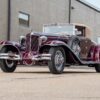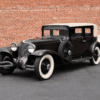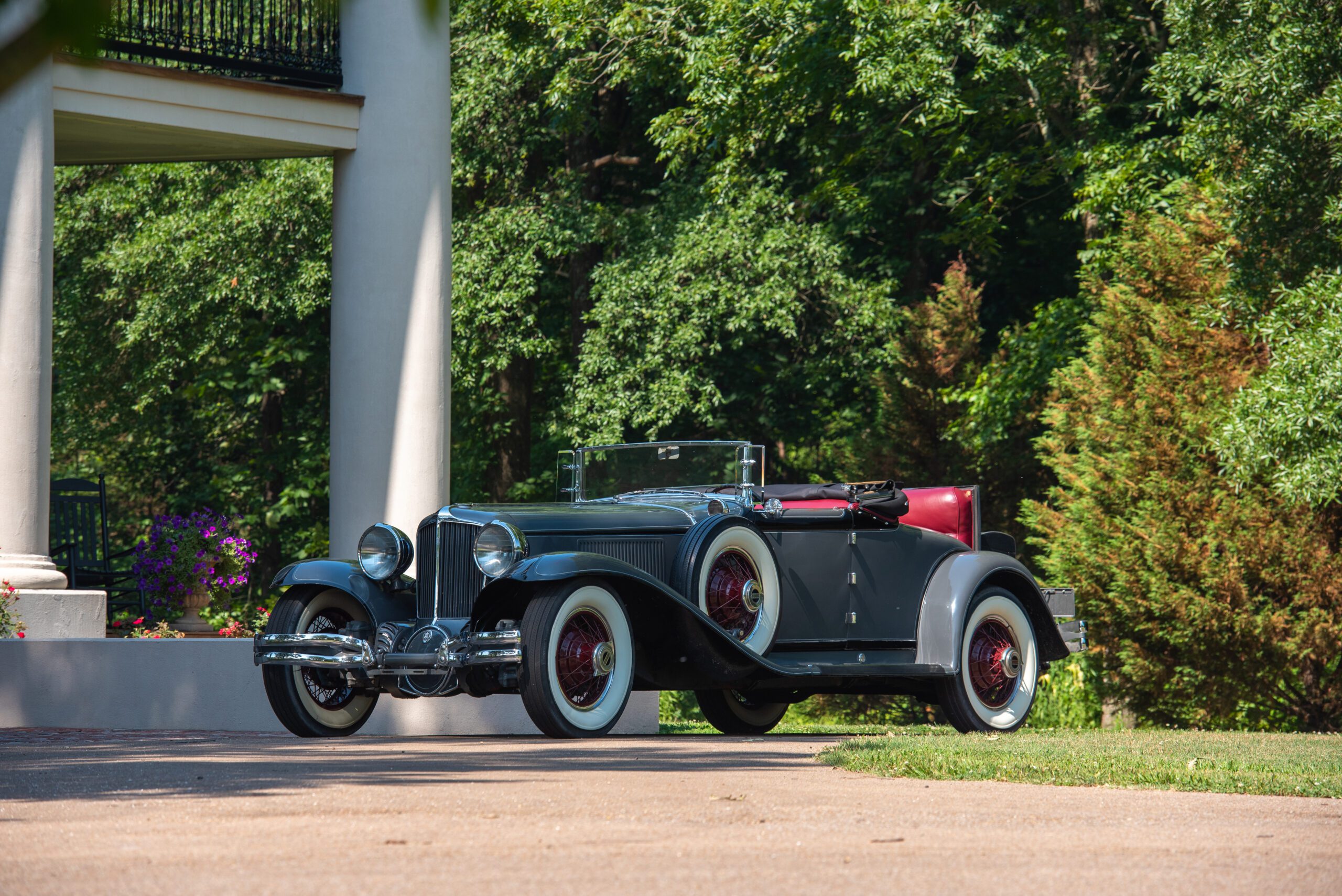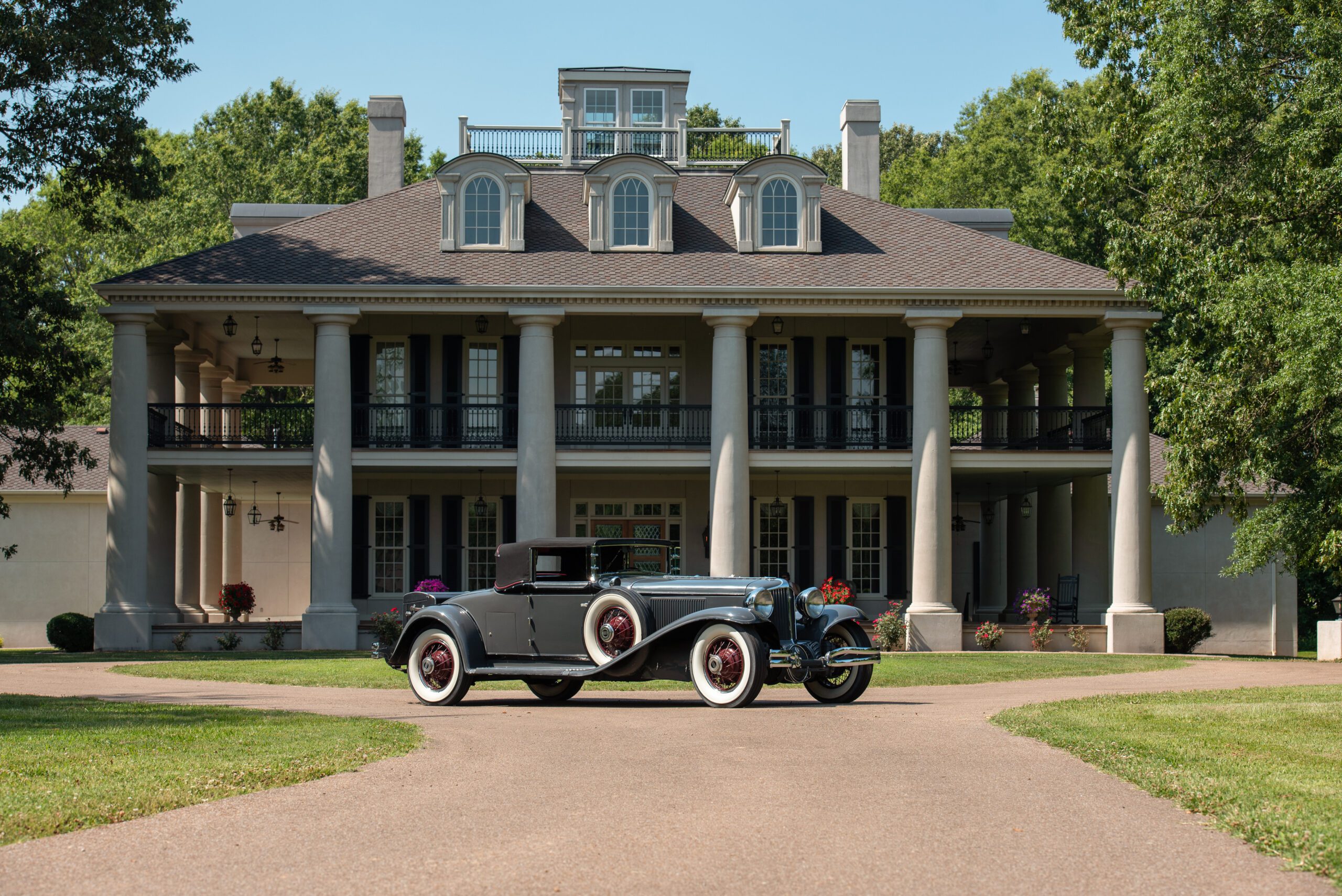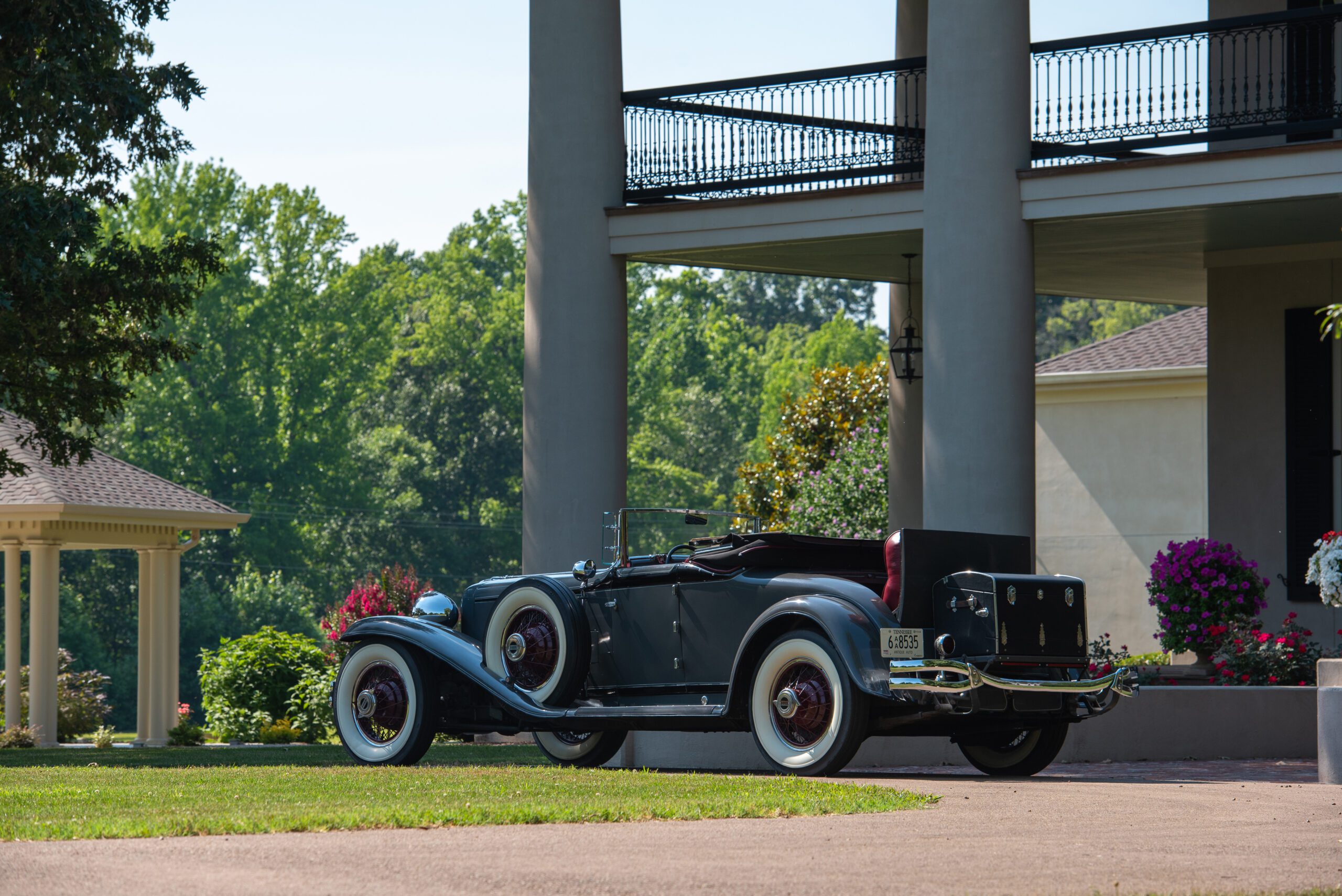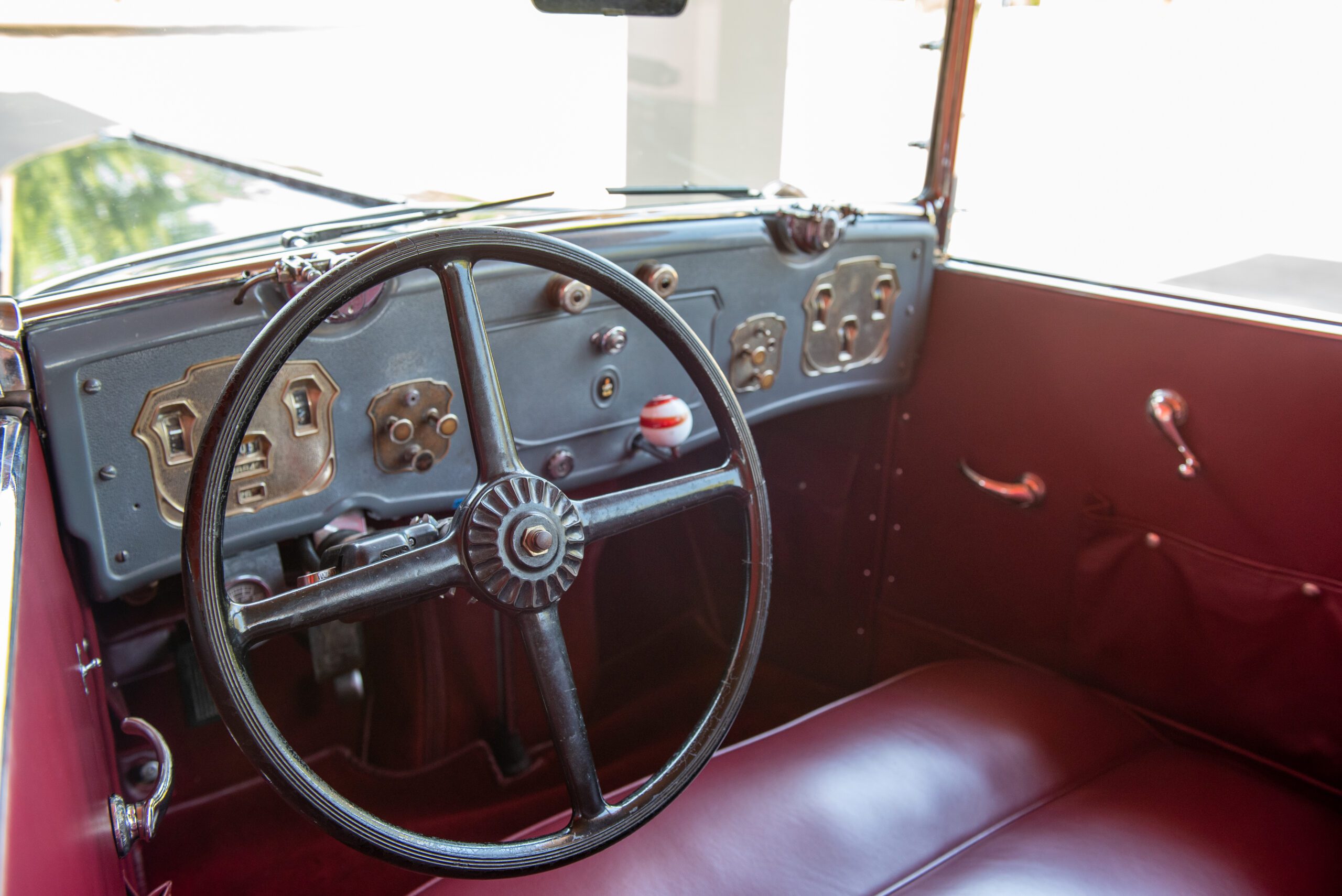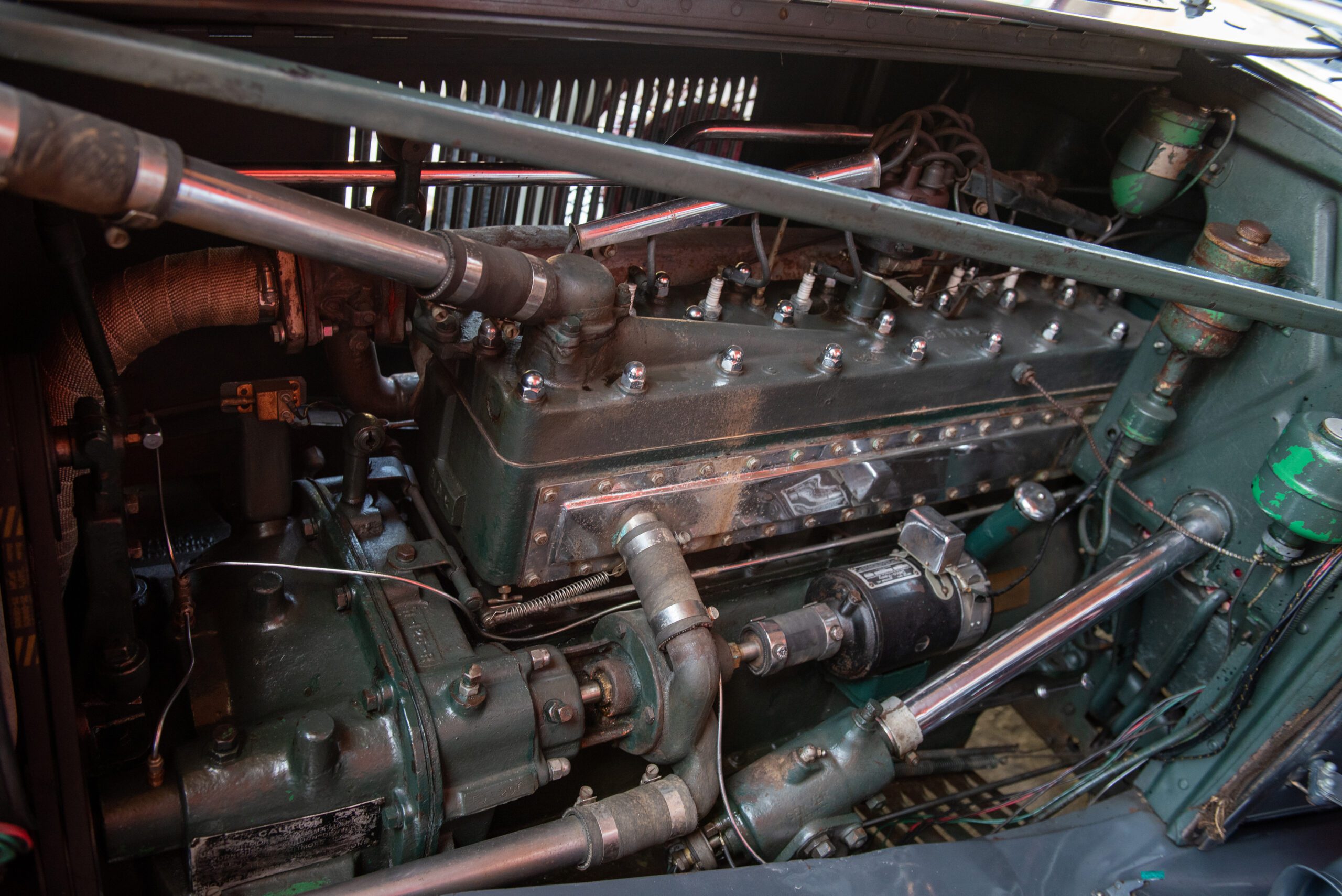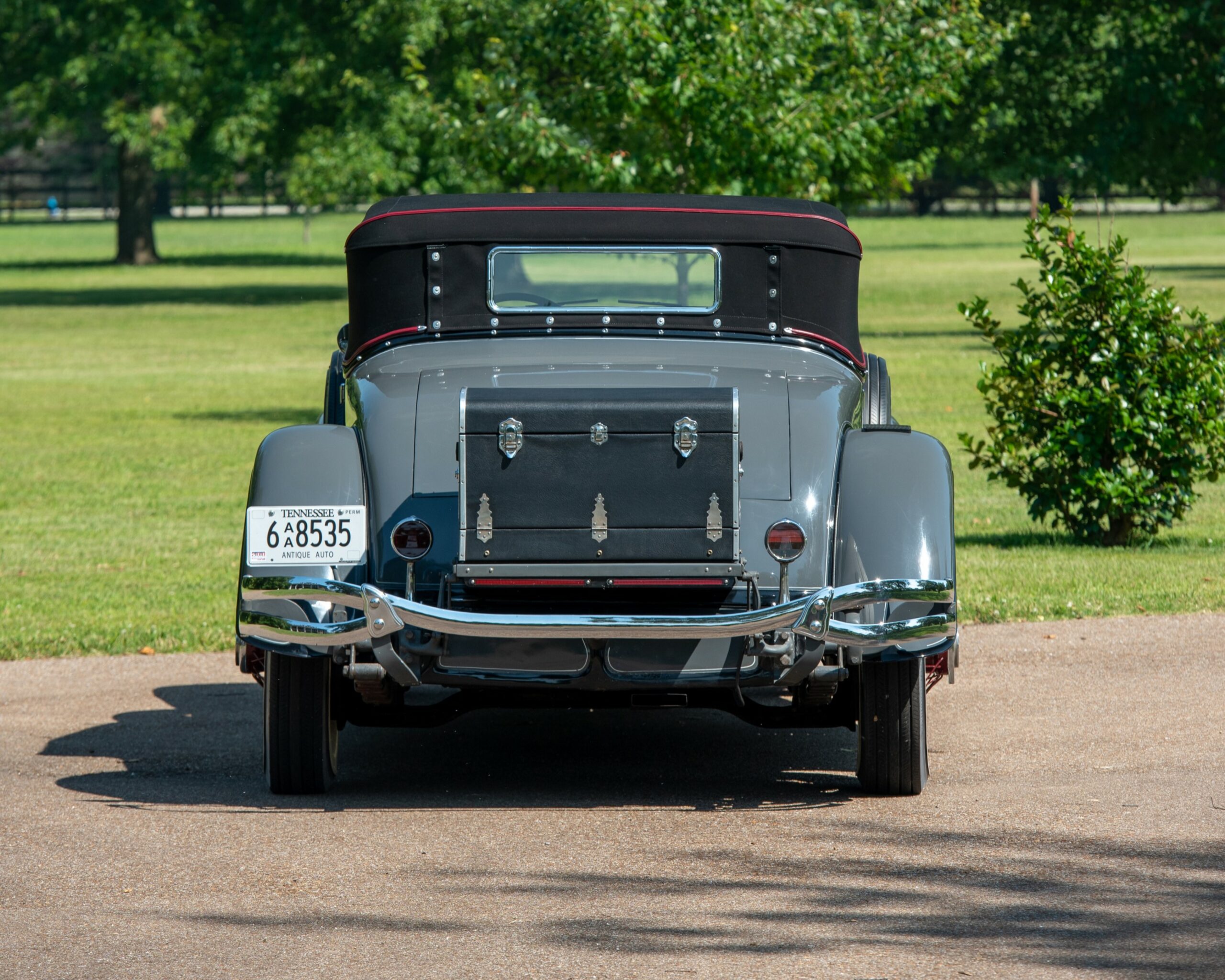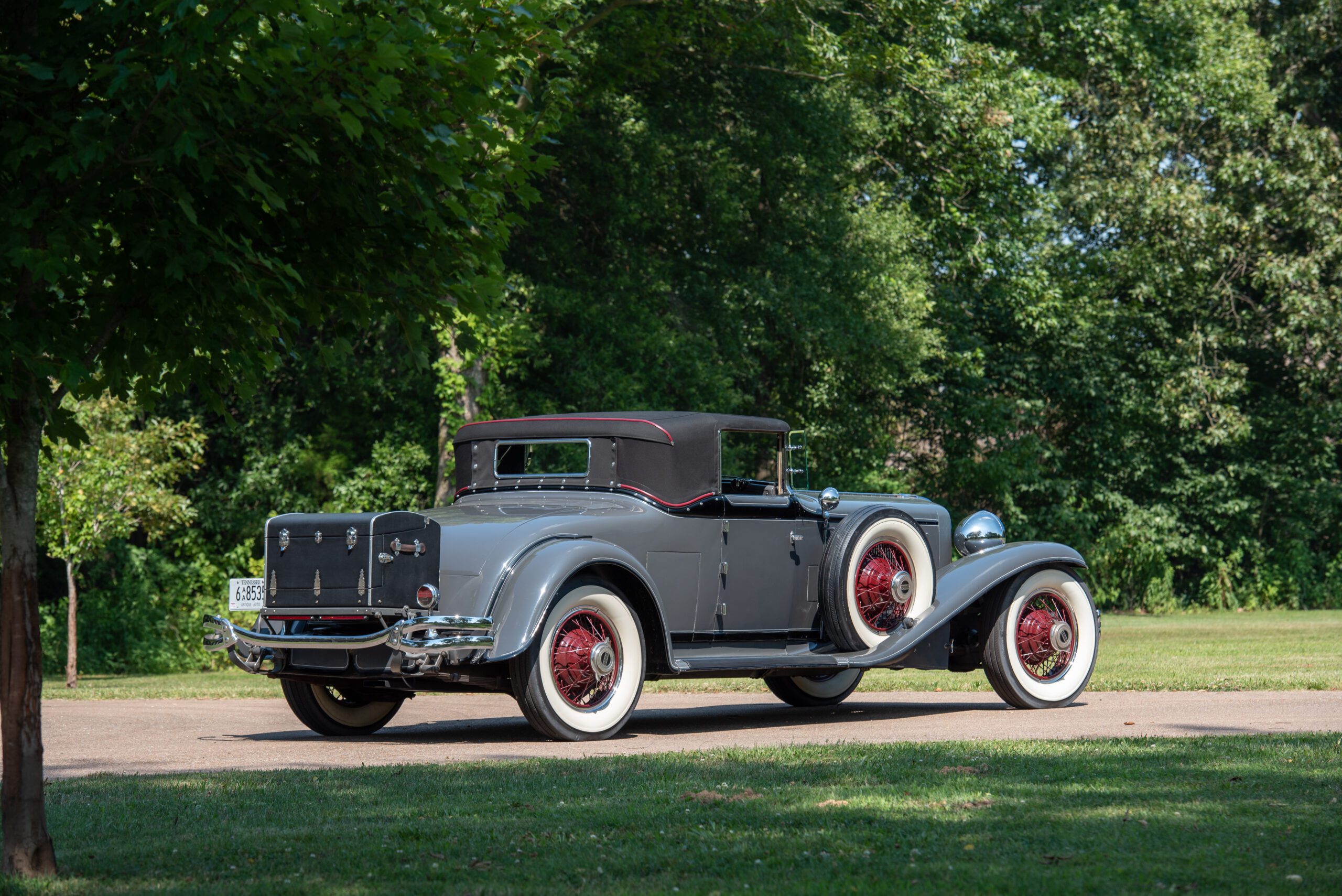In 1929, Errett Lobban Cord unveiled the L-29, positioning it strategically between his Auburn and Duesenberg lines within the Cord Corporation. This model filled a crucial gap, especially as the Duesenberg line underwent a comprehensive redesign that same year. The L-29, powered by a straight-eight ‘flat head’ engine from Lycoming, a company under Cord’s umbrella, boasted front-wheel drive—a feature then in vogue, notably at the Indianapolis races.
Cord, a fervent racing enthusiast, drew inspiration from the Harry Miller-designed front-wheel-drive Junior 8 Special, acquiring its passenger-car rights in 1926. With Cornelius Van Ranst onboard for development and Fred Duesenberg overseeing assessment, the first L-29 prototype emerged in November 1927, featuring Al Leamy’s stylish coachwork atop Van Ranst’s innovative X-braced chassis frame—the first of its kind globally.
Production kicked off in April 1929 at the Auburn, Indiana plant, accompanied by a two-day press launch in June. The L-29’s front-wheel-drive layout offered distinct advantages such as a lower center of gravity and expanded passenger space, attracting attention from esteemed craftsmen worldwide. Many enthusiasts regard it as the pinnacle of American automotive style from that era.
Initially available in Sedan, Brougham, Convertible Coupé, and Phaeton variants priced between $3,095 and $3,295, the L-29 faced a setback with the Wall Street Crash of October 1929, severely impacting its target market. Despite price adjustments, sales remained lackluster, leading to the discontinuation of the world’s first practical front-wheel-drive production car in 1932. Only 5,010 L-29s were produced, with an estimated 300 surviving across all variants today, including those supplied in chassis form to independent coachbuilders.
Photo Source: RM Sotheby’s



